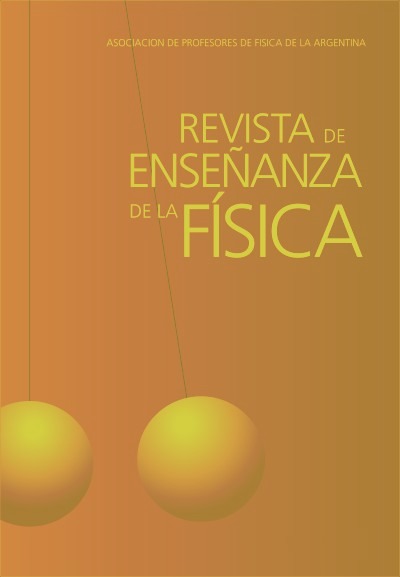Implementación de un circuito RLC en el laboratorio remoto VISIR para el trabajo experimental en física
Keywords:
RLC circuits, Remote laboratories, Hake’s factor, Concentration’s factor, T-testAbstract
During the pandemic the universities established the Emergency Remote Teaching, in experimental activities they used Remote Laboratories, one of the most important is Virtual Instrument Systems in Reality (VISIR), in one of these laboratories a series of RLC circuits were implemented, this paper presents the results of the use of these circuits through the VISIR of the UNED in two physics courses at the University of Costa Rica. A conceptual test was applied to determinate the conceptual gain by Hake’s factor, as well as the distribution generated by Bao and Redish (2021) concentration’s factor. Descriptive statistics were also used as a hypothesis test (t-test in this case). The results were positives since the Hake’s factor analyzed shows values in the medium gain zone (0.3 ≤ ???? < 0.7), the Bao and Redish (2021) concentration’s factor shows a vector projected towards the correct model (HH) and the alternative hypothesis is accepted in most cases in the t-test. Among the conclusions, it is highlighted that the LR used allows promoting experimental work in the post-pandemic
Downloads
Published
Issue
Section
License
Copyright (c) 2022 Kendall Ugalde Castro, José Picado Madrigal, María Gabriela Campos Fernández, Eduardo Arias Navarro, Fiorella Lizano-Sánchez, Carlos Arguedas-Matarrita

This work is licensed under a Creative Commons Attribution-NonCommercial-NoDerivatives 4.0 International License.
Aquellos autores/as que tengan publicaciones con esta revista, aceptan los términos siguientes:Los autores/as conservarán sus derechos de copiar y redistribuir el material, bajo los términos estipulados en la Licencia de reconocimiento, no comercial, sin obras derivadas de Creative Commons que permite a terceros compartir la obra bajo las siguientes condiciones:
- Reconocimiento — Debe reconocer adecuadamente la autoría, proporcionar un enlace a la licencia e indicar si se han realizado cambios. Puede hacerlo de cualquier manera razonable, pero no de una manera que sugiera que tiene el apoyo del licenciador o lo recibe por el uso que hace.
- NoComercial — No puede utilizar el material para una finalidad comercial.
- SinObraDerivada — Si remezcla, transforma o crea a partir del material, no puede difundir el material modificado.
- Los autores/as podrán adoptar otros acuerdos de licencia no exclusiva de distribución de la versión de la obra publicada (p. ej.: depositarla en un archivo telemático institucional o publicarla en un volumen monográfico) siempre que se indique la publicación inicial en esta revista.
- Se permite y recomienda a los autores/as difundir su obra a través de Internet (p. ej.: en archivos telemáticos institucionales o en su página web) antes y durante el proceso de envío, lo cual puede producir intercambios interesantes y aumentar las citas de la obra publicada. (Véase El efecto del acceso abierto).










